Martial artists of various styles know the importance of understanding ranges of combat. It is covered rather extensively in Bruce Lee's art of Jeet Kune Do, an art that focuses on practicality and versatility. It is covered in many arts; Boxing, Jiu Jitsu, Kenpo, Eskrima to name a few. The practitioners of these arts understand the importance of distance and time, and controlling both.
So, one of the skills a martial artist learns involves the understanding and adjusting of distance. Watch any fighter, boxer, or Mixed Martial Artist and you will see him or her spending time adjusting, gauging, and controlling or losing control of distance. The understanding and use of distance and time are crucial and means the difference between success and failure in pulling off technique and winning the battle. To this end, a fighter must discern and use read time. Read time is simply the time it takes to read an attack. It stands to reason that the more distance between two fighters, the more time there is to read an attack and to do something about it; furthermore, the closer the threat, the less time there is to read it and respond to it, and the need for certain tactics to ensure your safety. Speed is also a factor and, simply, the first person to get to an advantageous position will be the victor. It would do us well, to examine here, the different ranges of combat.


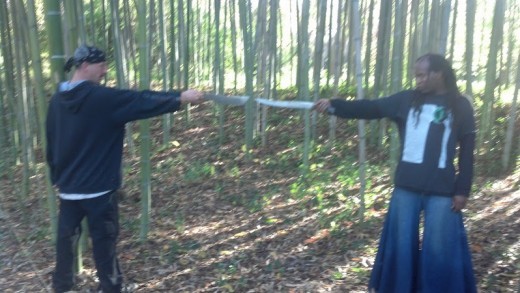
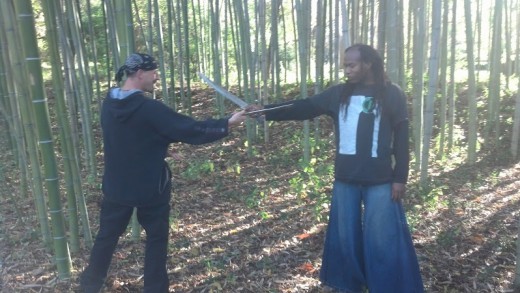
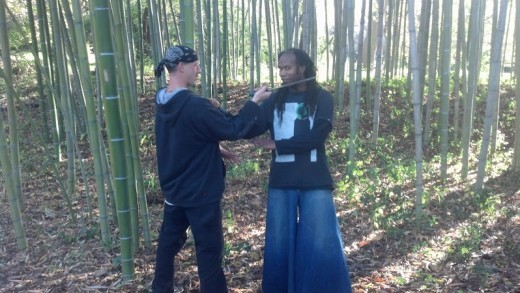

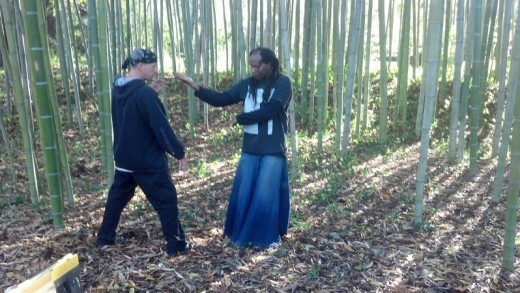
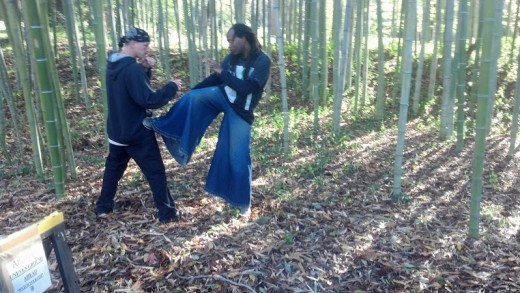
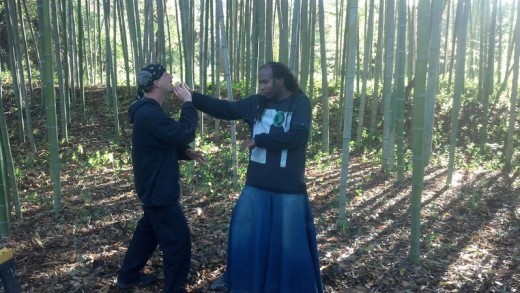
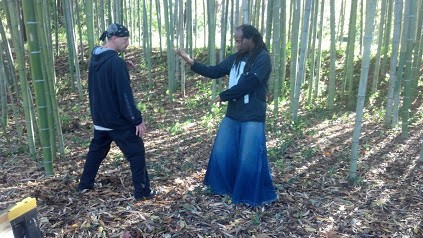
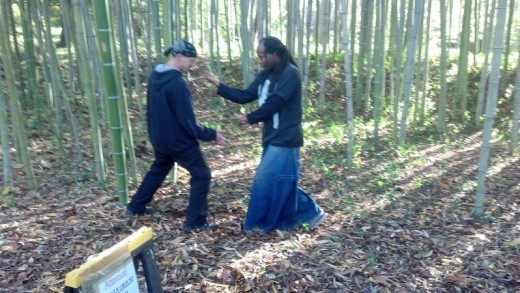
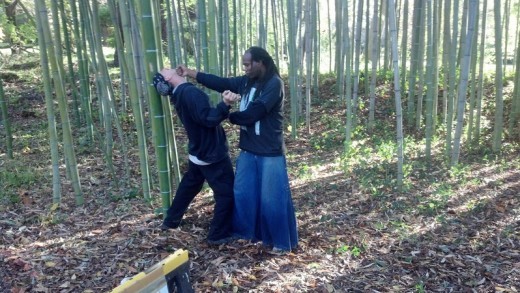
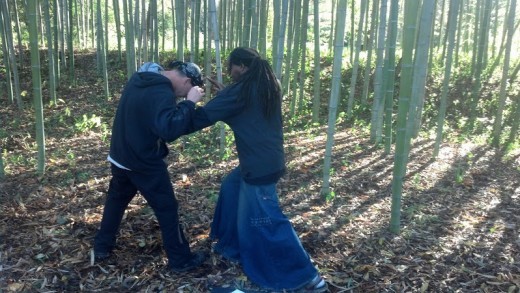
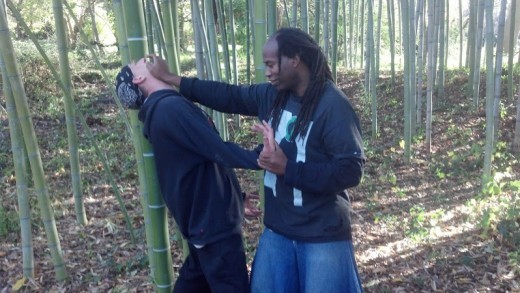
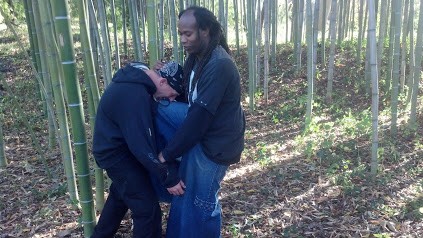
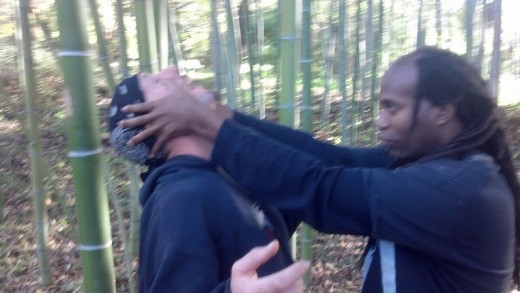


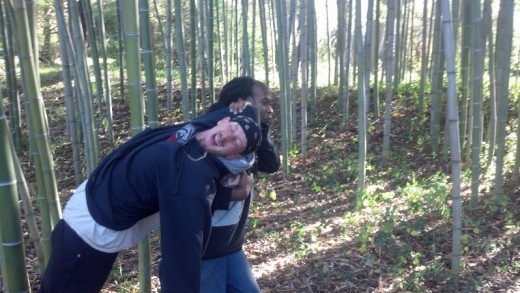
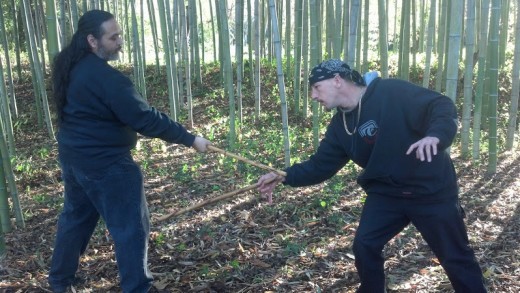
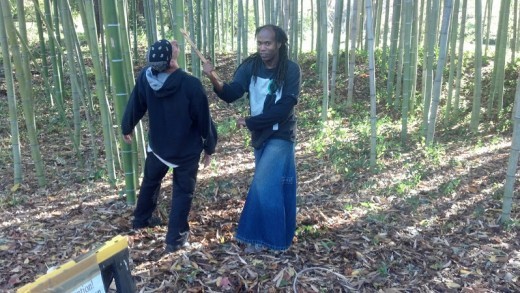
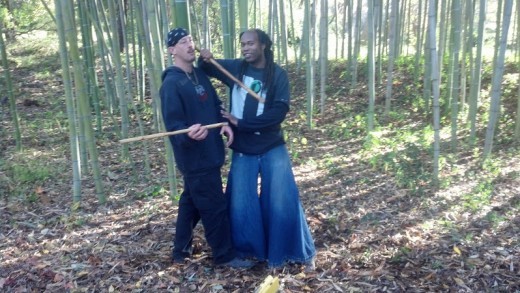
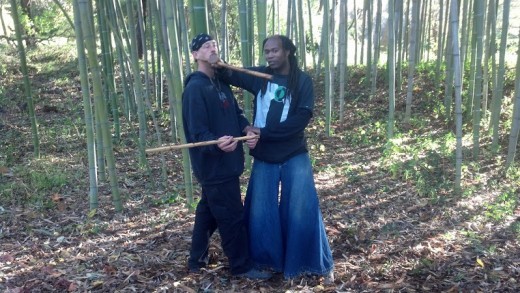
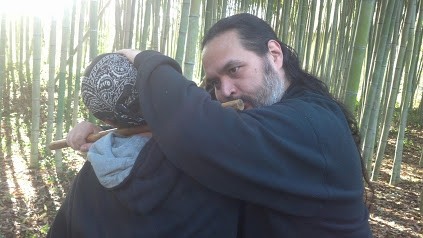
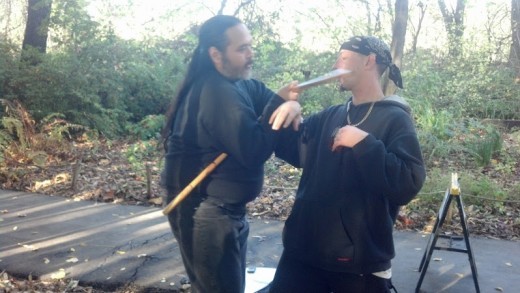
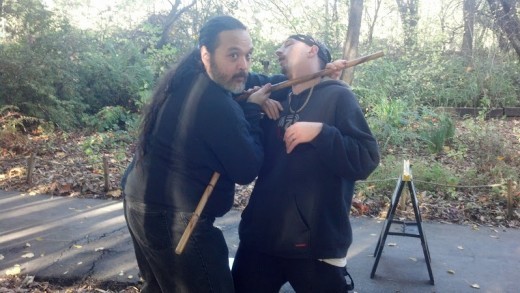
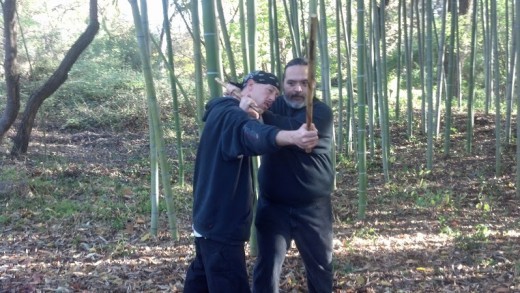
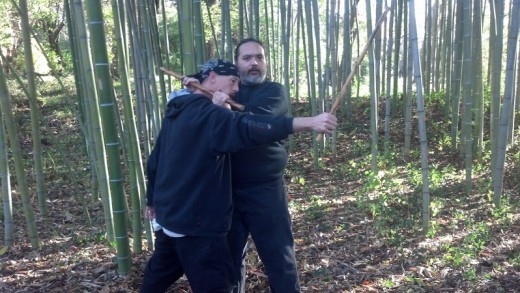
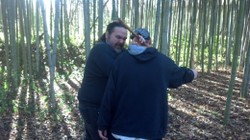

 Why Are My Veins So Visible?on 07/15/2020
Why Are My Veins So Visible?on 07/15/2020
 Should Female Backpackers Go on their Own? Why or Why Not?on 07/15/2020
Should Female Backpackers Go on their Own? Why or Why Not?on 07/15/2020
 Why Do BPD Women Lie?on 07/15/2020
Why Do BPD Women Lie?on 07/15/2020
 Why Do My Joints Hurt?on 07/15/2020
Why Do My Joints Hurt?on 07/15/2020
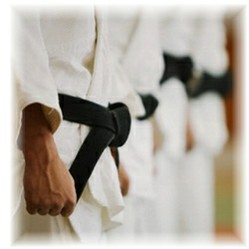
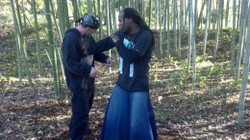
Comments